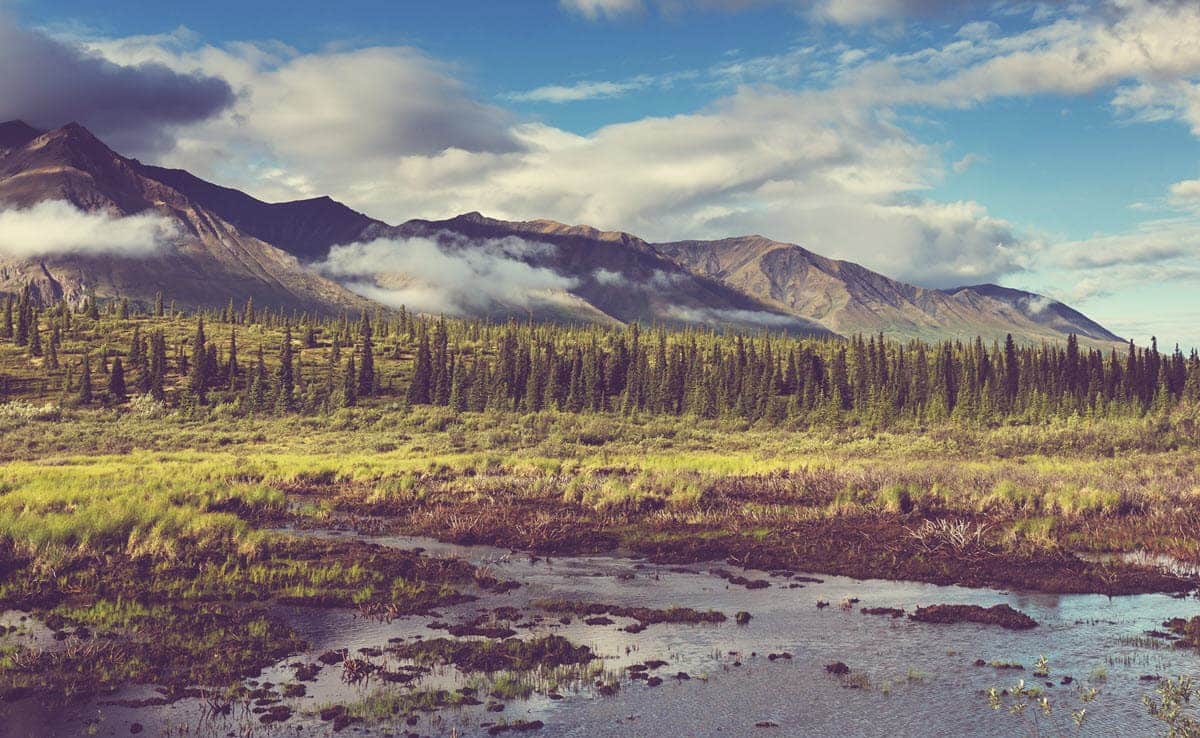Alaska is a US state located northwest of North America, between the Canadian province of British Columbia to the east and the Pacific Ocean to the southwest. Despite being the largest US state, it’s one of the least populated, with only 736,000 residents in 2020. It has the distinction of having the first- and second-largest cities in the United States by area – the cities of Sitka and Juneau, the state capital.
Alaska is known for its icy landscapes, sprawling wildernesses, and the aurora borealis. Due to its distance from the other states and its climate and terrain, it is officially nicknamed “The Last Frontier.” It is also known as “The Land of the Midnight Sun” because the sun never seems to set between April and August.
Before the United States
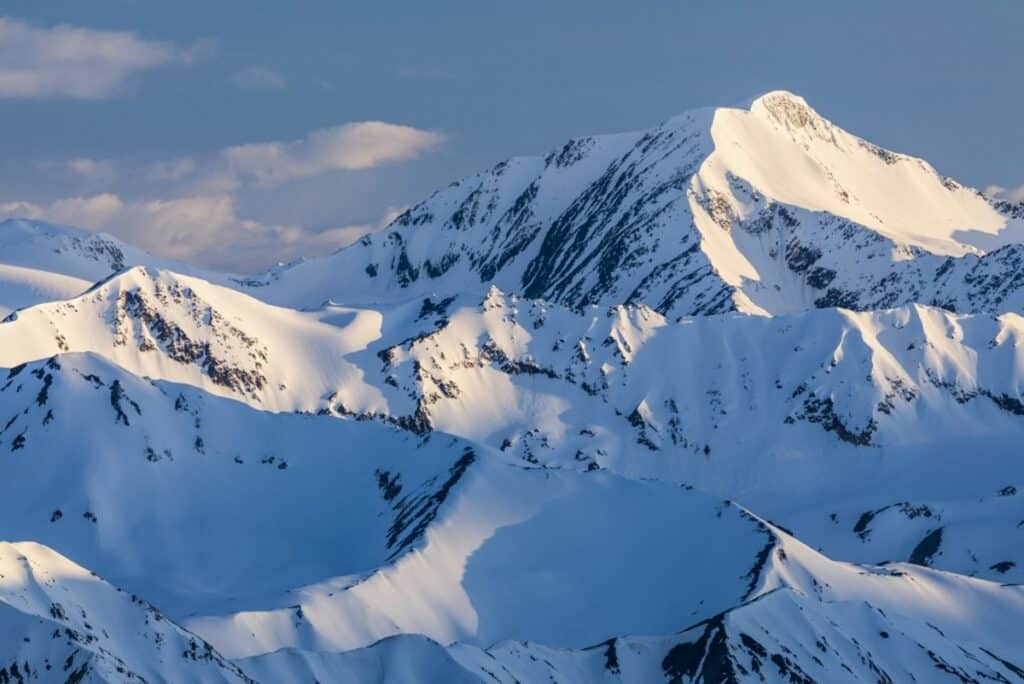
Prior to 1867, Alaska was not an American state. It was first colonized in the 18th century by Russia. During this time, the capital was not Juneau but Sitka. Traces of Russian colonization remain to this day, especially in southeastern Alaska, where some distinctively Russian churches survive. After expansive colonization of the land, it was offered for sale to the US. After decades of figuring out how to govern the territory, it was finally admitted as the 49th State on January 3, 1959.
Higher Earnings

Despite having one of the smallest economies in the US, Alaskans enjoy some of the highest incomes per person. This is because Alaska excels in some of the biggest industries, including oil, natural gas, fishing, and tourism, making it possible for Alaskans to earn an average of USD 37,000. In addition, real estate prices and cost of living are also comparatively lower than in other states, so Alaskans also get to save more.
You Get Paid to Move There
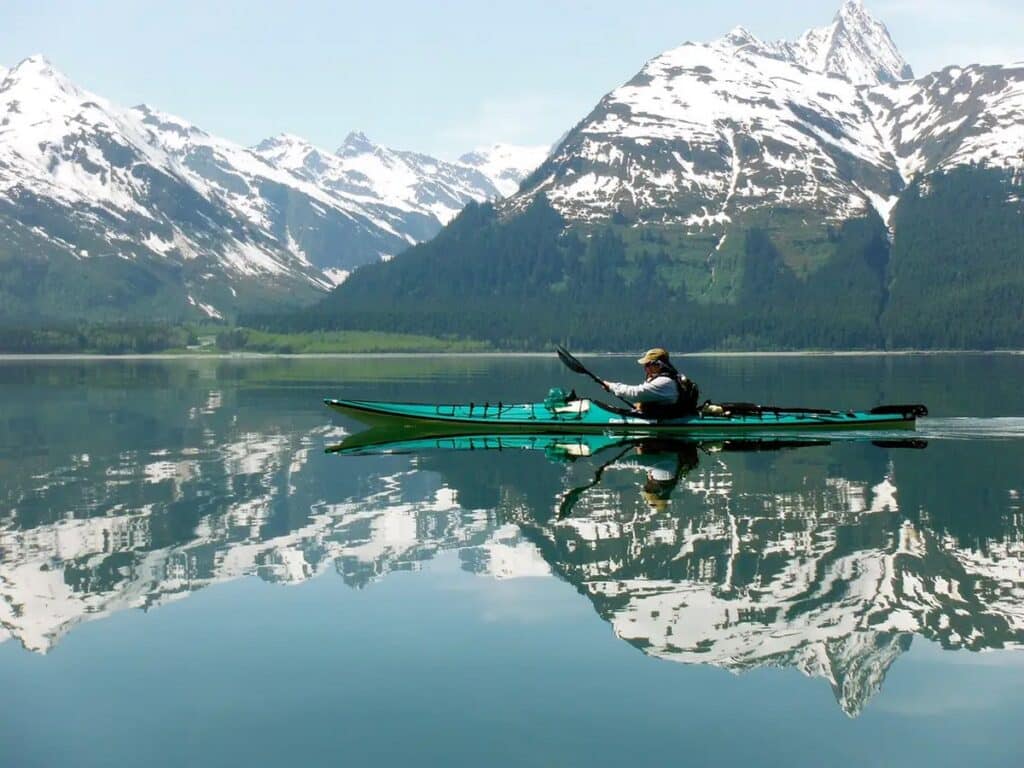
Aside from the reasonable costs, Alaska is great for immigrants because the state will actually pay you to move there, regardless of where in the state you wish to reside. In addition, through Alaska’s Permanent Fund Dividend program, full-time residents are entitled to receive a portion of the revenue generated from mineral resource industries. Coupled with the fact that Alaska is rich in these mineral resources, especially oil, becoming an Alaskan is an enticing prospect.
Iced Out
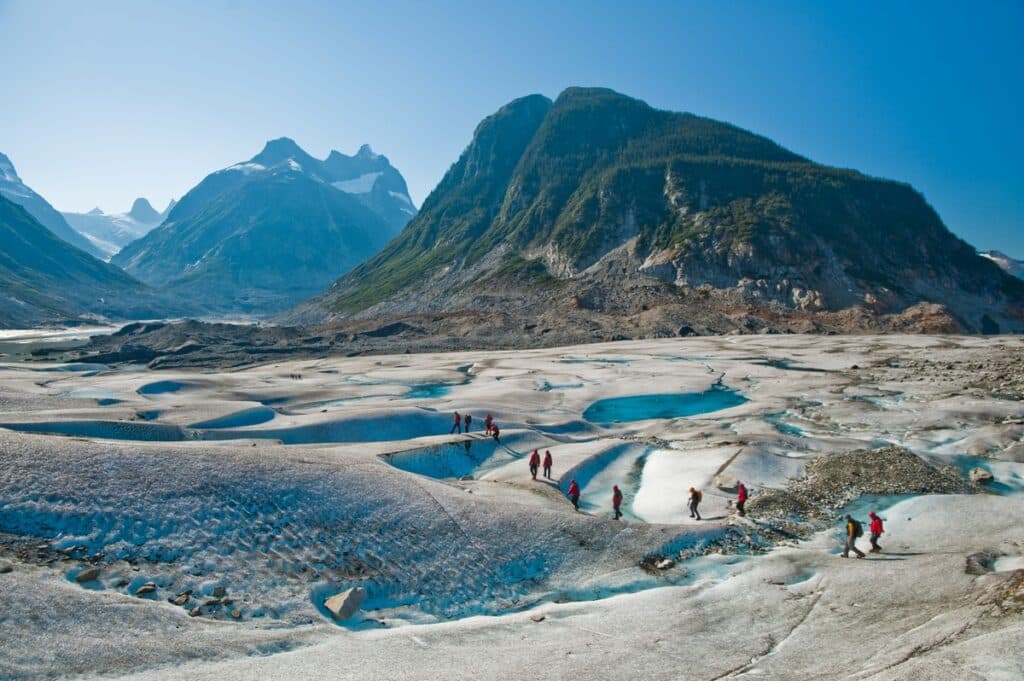
Glaciers are probably the first thing that comes to mind when people think of Alaska. These towering icy structures are formed when enough snow piles thickly enough, which usually takes years. There are about 27,000 glaciers in Alaska, 1,000 of which can be found in Glacier Bay National Park. About 600 of them have official names. The tallest glacier, the Hubbard Glacier, is roughly 30 stories tall and 70 miles long. Unfortunately, the total area glaciers occupy is steadily declining due to global warming.
Intimidating Denali
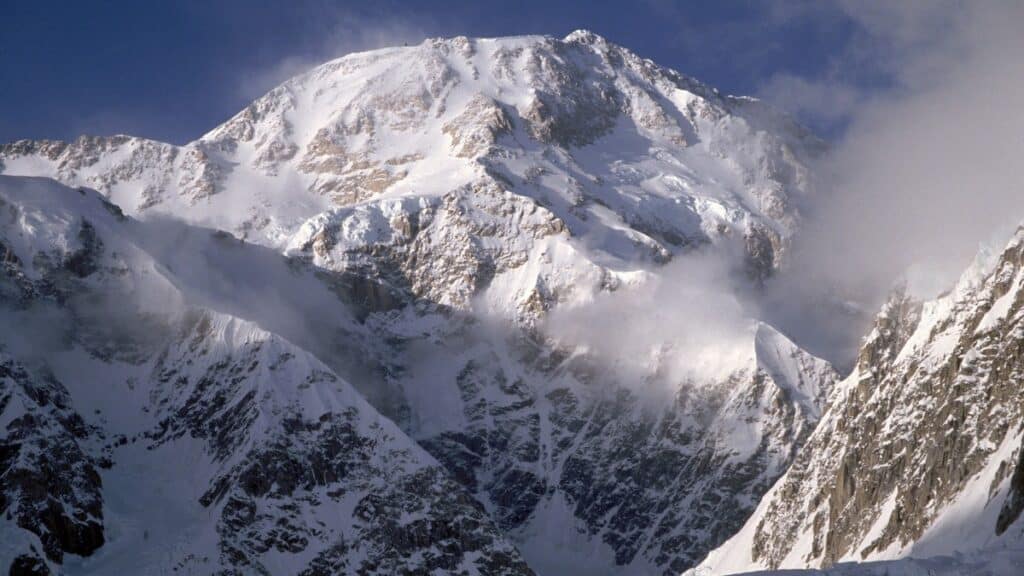
Denali, or Mount McKinley, is the highest peak in North America and the third-largest in the world, at 20,310 feet above sea level. At such a height, scaling it can be dangerous and deadly for the unprepared–96 have died climbing it since 1903. Nevertheless, it attracts thousands of climbers from around the world every year. The first successful ascent to the peak was made on June 7, 1913, by a group of 4 led by amateur mountaineer Hudson Stuck.
Don’t Call Them “Eskimos”
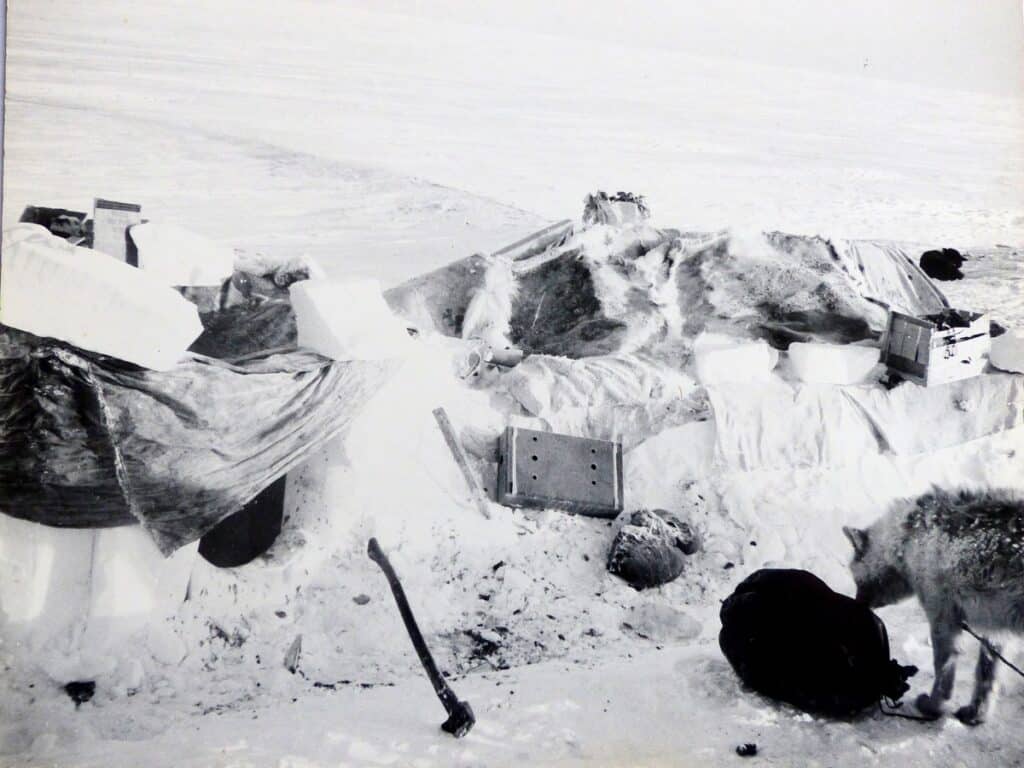
Most people have an image of what an Eskimo is, and most people associate them with Alaska. The term “Eskimo” refers to three different native peoples of Alaska: the Inuit, the Yupik, and the Aleut. These peoples were originally Arctic and subarctic region inhabitants, coming from other places such as Siberia and Greenland. They generally dislike the term “Eskimo,” and both the United States and Canada actively discourage its use, encouraging the public to refer to them as Alaska Natives.
Stunning Light Shows
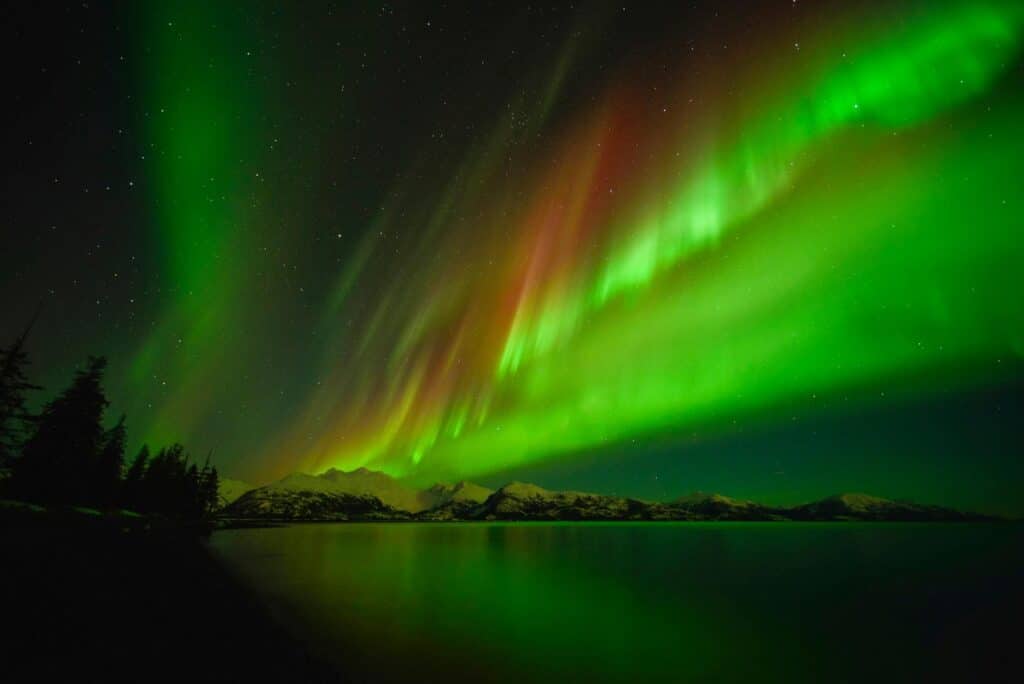
Aurora borealis, also known as northern lights, is an atmospheric phenomenon that causes waves of light to dance in the night sky. This one-of-a-kind light show, which has captivated many sky watchers for thousands of years, is best viewed in Fairbanks, Alaska, due to its location and dedication to keeping the night sky dark specifically for this kind of activity. While viewing it from anywhere in Alaska is technically possible, ambient city lights can interfere with the viewing experience.
The Land of the Never-Setting Sun
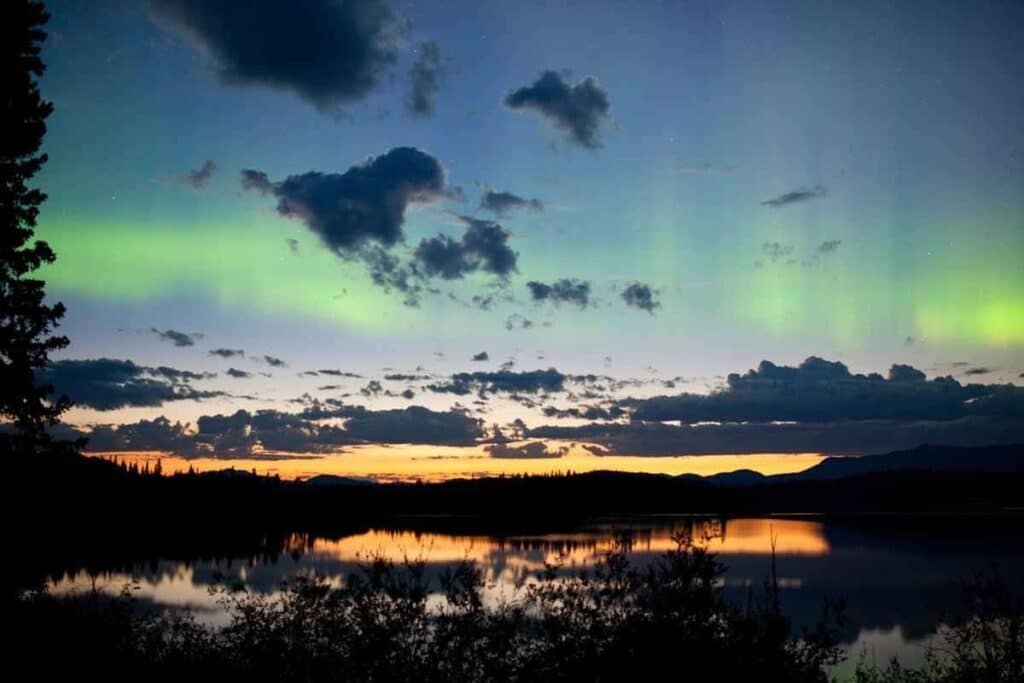
On the other side of the sky phenomena spectrum, Alaska’s location in the Arctic Circle, combined with the Earth’s tilt, means that there are nights when the sun doesn’t set. Specifically, this happens during the summer solstice, between April to August. During this season, it’s not unusual to see people jogging, walking their pets, golfing, and otherwise doing daytime activities in the middle of the night.
Garden Monsters

The seemingly eternal sun more than just makes days longer. Since plants rely on sunlight for growth, another benefit of extended sun exposure is that vegetables get freakishly huge. 130-pound cabbages, 65-pound cantaloupes, and 2,051-pound pumpkins are just a few of the monster veggies that Alaska is capable of producing. The extra hours in the sun reportedly makes the vegetables taste better, too–the carrots are so sweet people think there’s sugar on them.
Unparalleled Scenery
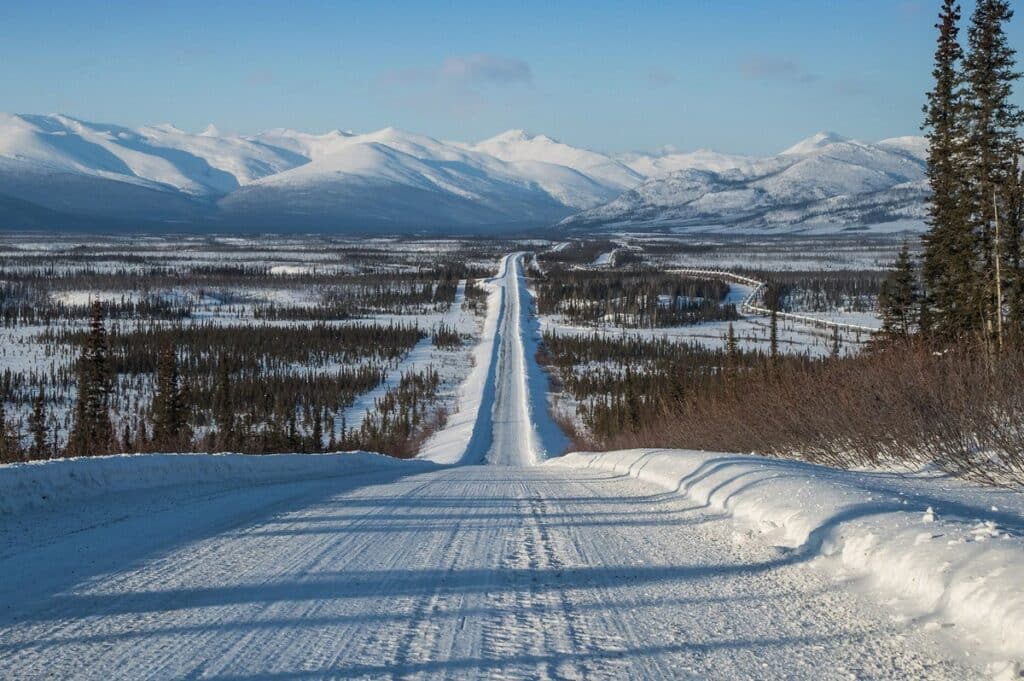
Alaska is overflowing with natural beauty. Snow-capped peaks, rocky cliffs, sparkling rivers, and thick forests are just a few of the stunning features of The Last Frontier. There are many ways to experience and enjoy picturesque views of the state. The most popular is boarding an Alaskan cruise which takes visitors across glaciers, national parks, and villages. Another way is riding the Alaska Railroad, especially when riding gold star-class cars with glass domes.
Bear Witness
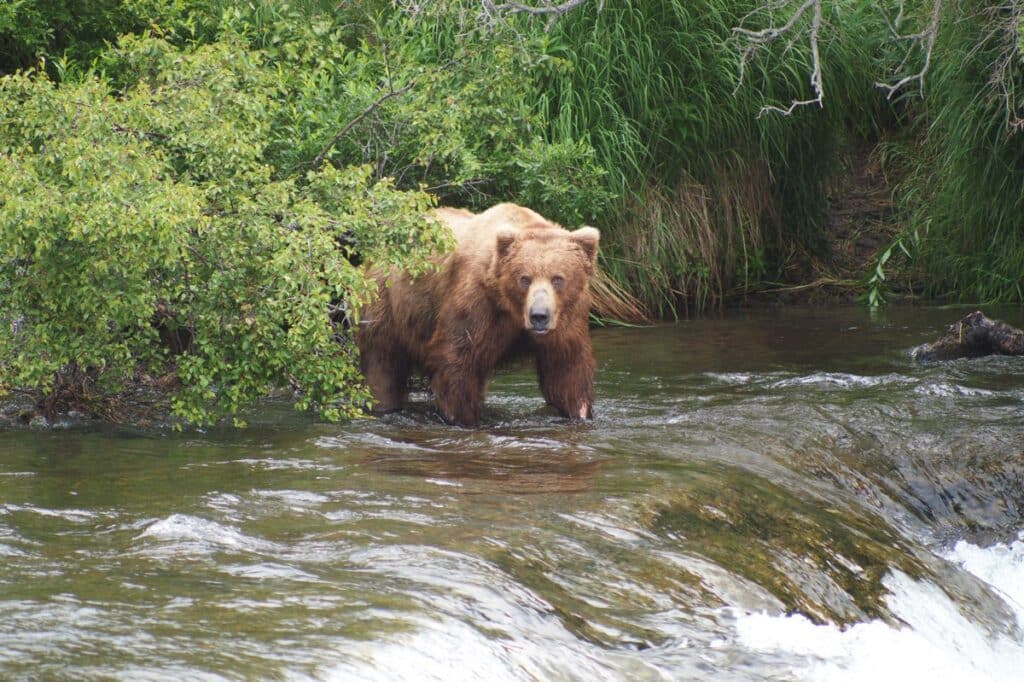
Alaska is home to a diverse wildlife cast, including moose, wolves, beavers, and seals, but the main actors are the bears. About 50,000 black and 35,000 brown bears live in Alaska, making bear-spotting easier. Other notable bears include the Kodiak bear, native to the Kodiak island and record-holder of the largest bear in the world, and the Polar bear, found along the icier regions of the state.
Whale Pitstop
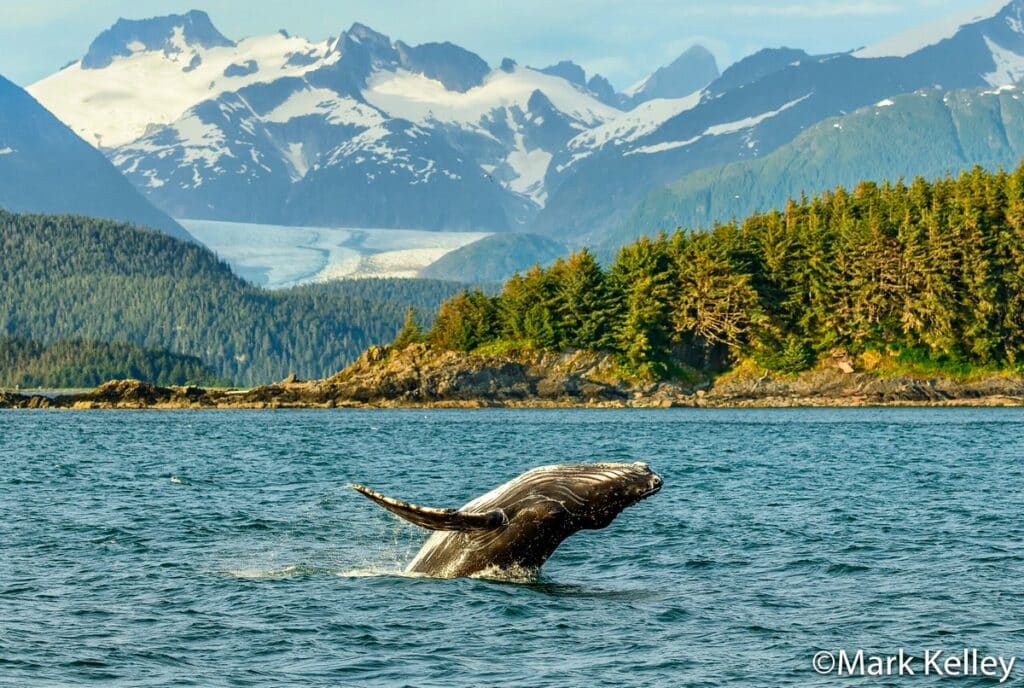
Around 10,000 humpback whales gorge on fish and stock up on fat around Alaska before journeying towards Hawaii in the winter to breed, making it easy to watch these terrifyingly majestic giants from the state’s shores. In fact, shore-bound locals regularly encounter humpbacks and other whales while going about their daily lives. The best time to go whale-watching is between April to September.
Dogs are Man’s Best Rides
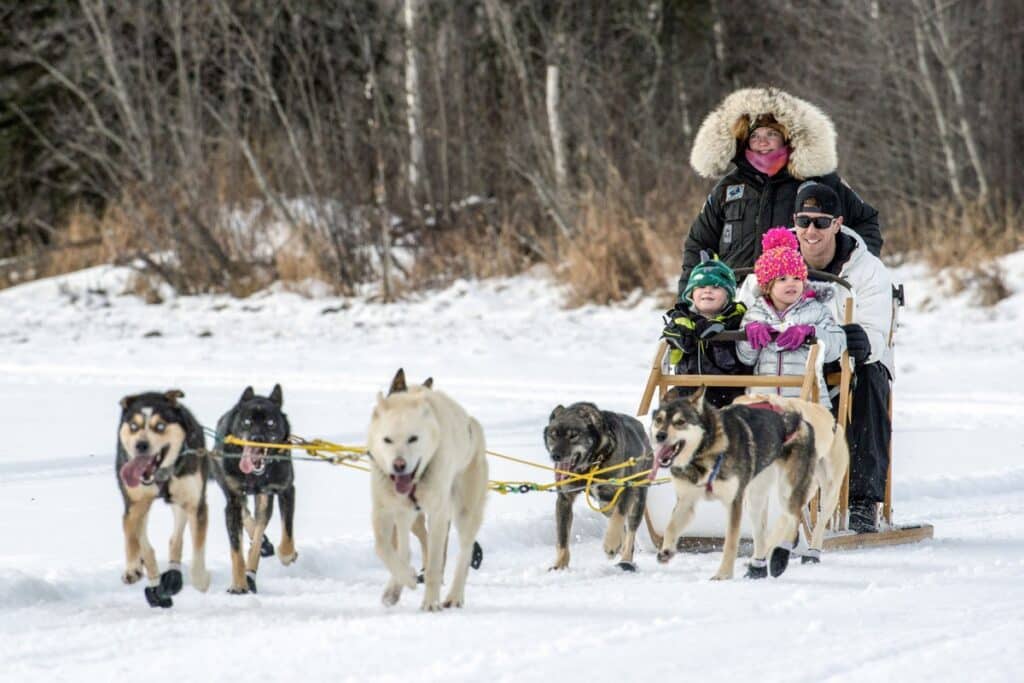
A long history of dog-powered travel in Arctic regions evolved into the national sport of dog sledding, also known as dog mushing. The first race was held in 1908, and nowadays, the biggest event is the Iditarod Trail race, which travels from Anchorage to Nome for a distance of 938 miles. Aside from racing, dog sledding also played a vital role in the 1925 diphtheria outbreak, when dog sled teams traveled through hundreds of miles of snow to deliver medicine.
Fishing Frenzy
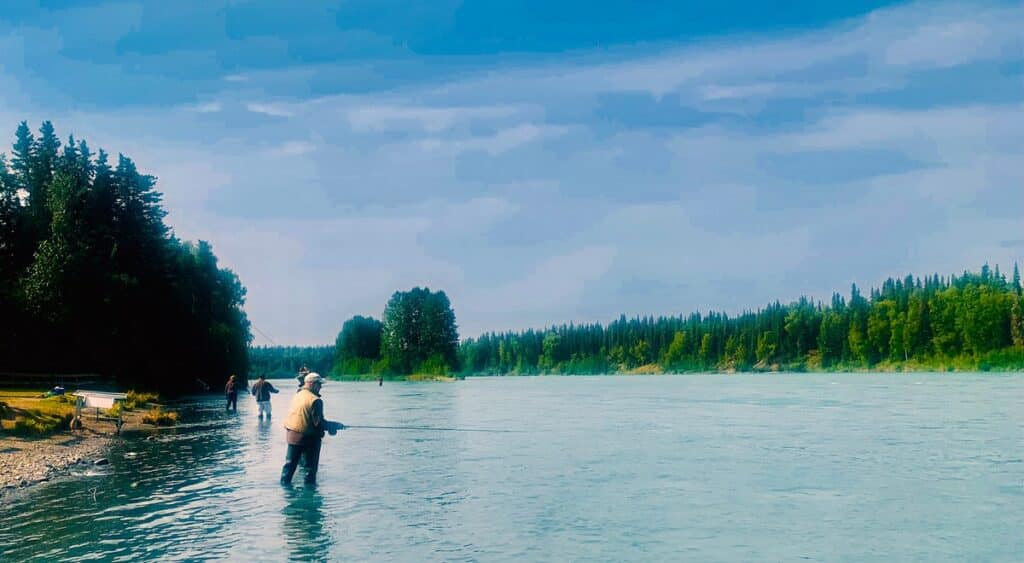
Alaskan waters are especially friendly to marine life, and anglers are in for a treat with the multitude of fish that can be caught. Salmon, halibut, and crabs thrive in seas, while grayling and trout are abundant in lakes and rivers. The best time to go fishing in Alaska is during the summer when the salmon is especially plentiful.
If You Love Salmon
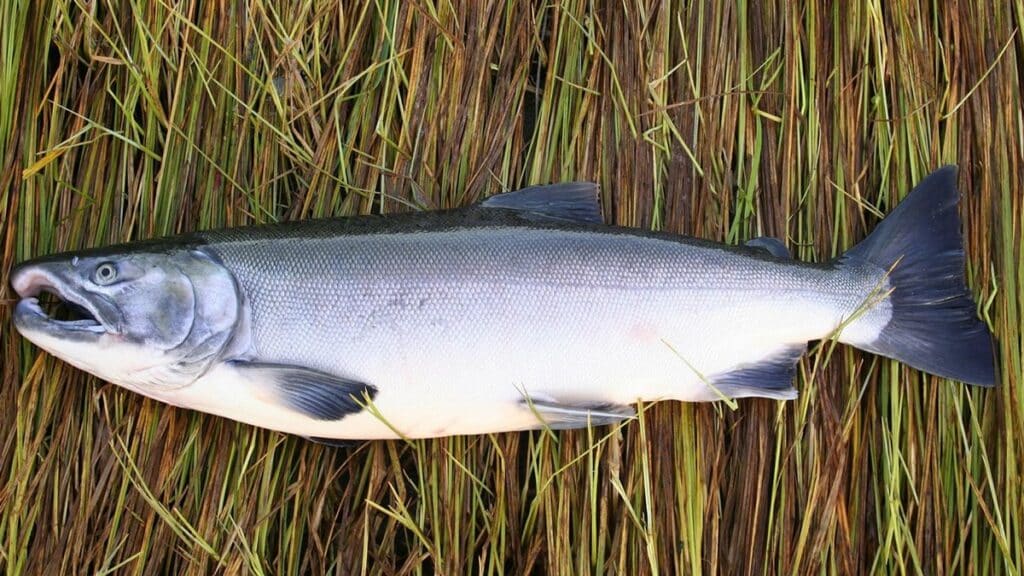
Due to the abundance and variety of salmon, Alaskans have devised plenty of ways to enjoy this delicious pink fish. It can be enjoyed raw, grilled, sauteed, baked, or smoked and is the main star in many Alaskan meals. The king, sockeye, and coho salmon species are versatile and can be cooked in almost any way, while pink and keta varieties are leaner and perfect for healthy salads.
Deliciously Deadly King Crab
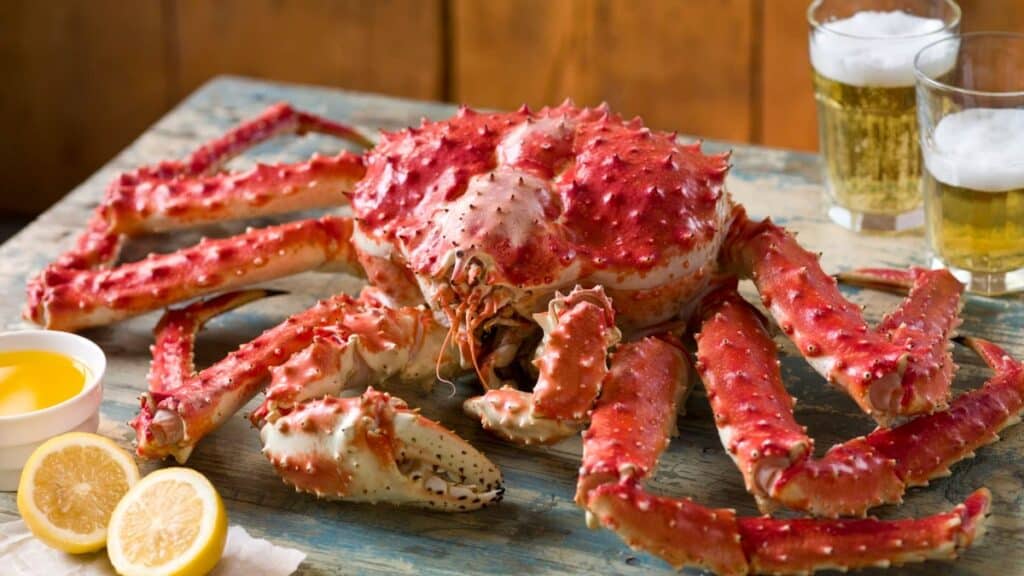
King crabs are as delicious as they are deadly to catch. A crab fisher working off the coast of Alaska is up to 80 times more likely to die from job-related hazards than the average worker. This also explains why the crustacean is expensive and hard to obtain. Regardless, the uniquely sweet and soft meat of Alaskan king crabs are highly sought after, and a trip to Alaska makes enjoying this exquisite seafood a lot easier.
“Eskimo” Ice Cream

This uniquely Alaskan dish is quite unlike the sweet ice cream you enjoy on hot summer days. “Eskimo” ice cream, formally known as akutaq, is traditionally made of whipped animal fat mixed with berries, vegetables, snow, and sometimes fish. Modern versions are usually made with vegetable shortening. The high-fat, high-calorie mix kept hunters and explorers in the olden days energized and warm on dangerous missions, but now it can be enjoyed as a snack or dessert.
